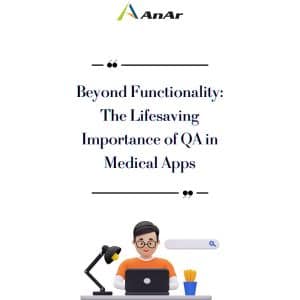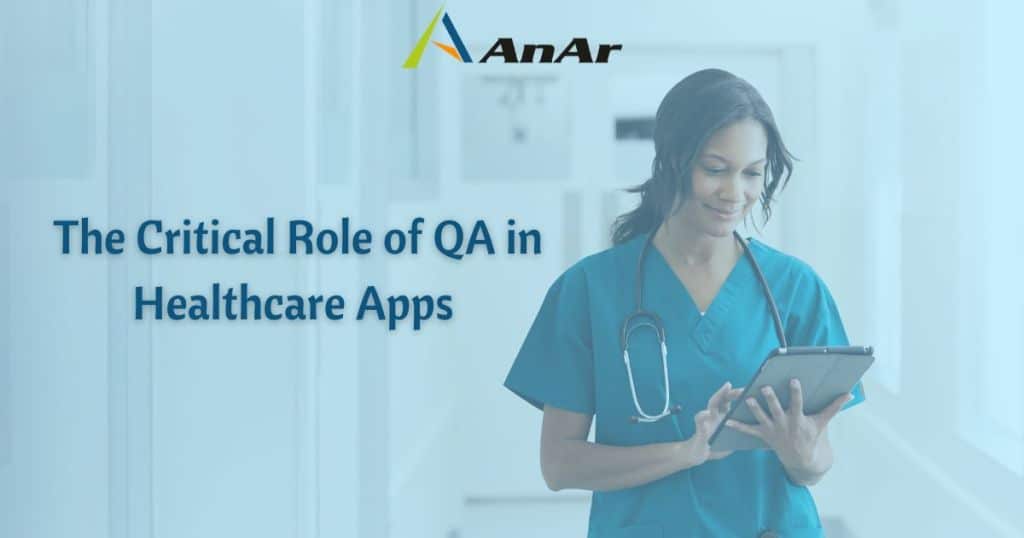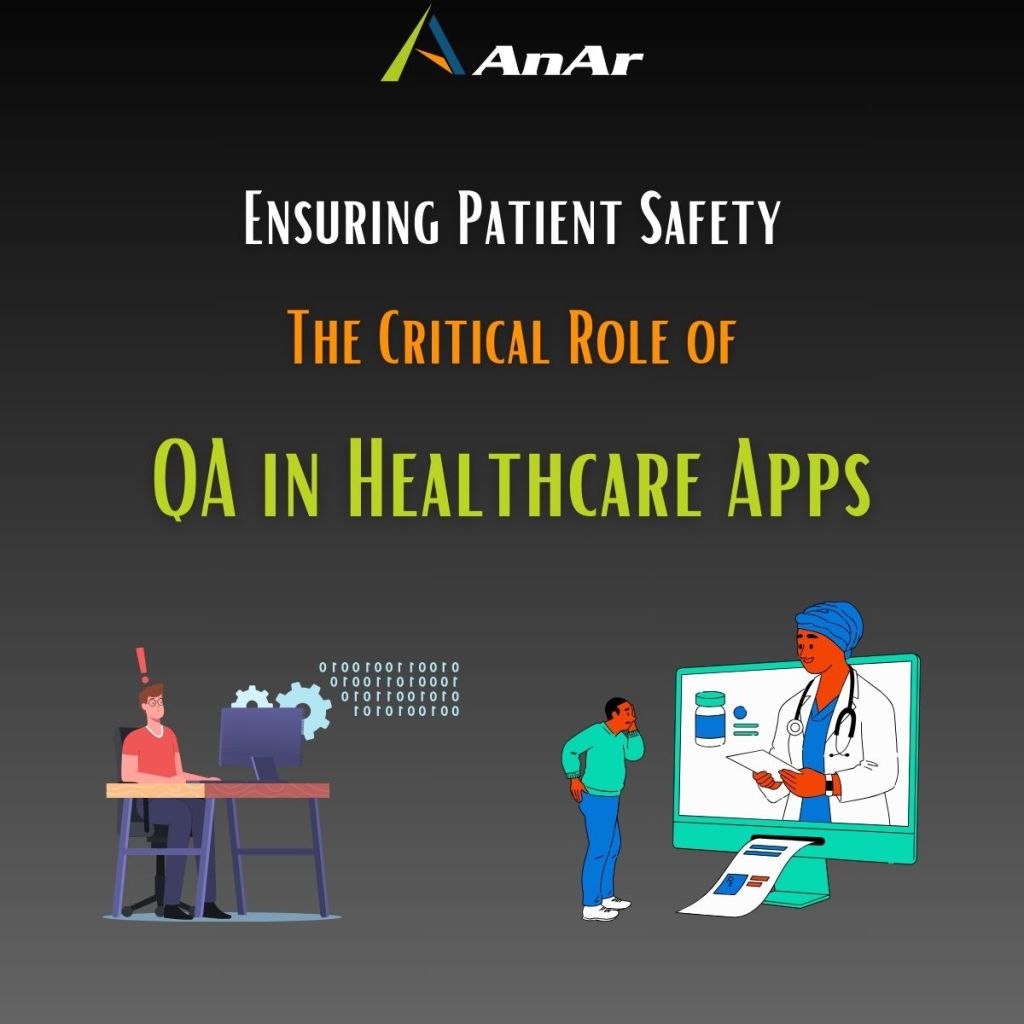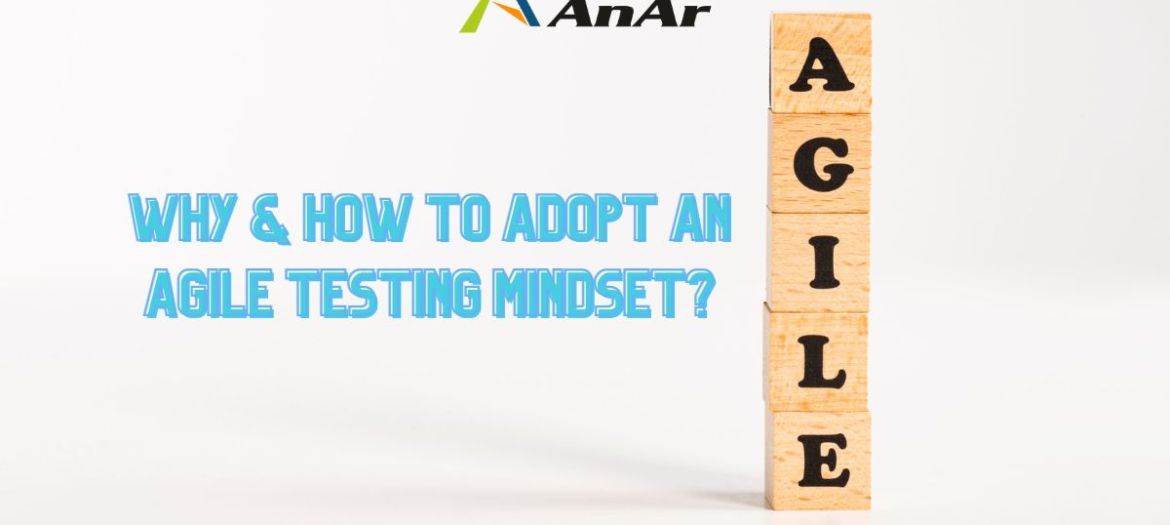Healthcare applications have proven to be potent instruments in connecting patients with healthcare professionals, providing a diverse array of functionalities, from symptom tracking and medication reminders to telemedicine consultations and electronic health record access. However, as these apps become integral to patient care and medical practice, ensuring their efficiency and accuracy becomes paramount.
The stakes are high; a glitch or flaw in functionality could lead to serious consequences for patients. It’s not just a matter of convenience; it’s a matter of patient well-being. This is where Quality Assurance in Healthcare Applications comes into play, safeguarding both the well-being of users and the credibility of medical technology.
In this blog, we’ll understand why Quality Assurance (QA) is non-negotiable in healthcare applications. We’ll explore the critical components of QA that ensure these applications meet the highest standards of safety, accuracy, and reliability, as well as the QA approaches that are currently being adopted for Quality Assurance in Health Care.
Why Quality Assurance is Non-Negotiable in Healthcare Applications?
Consider the following scenarios:
1. Physicians make critical decisions based on erroneous medical data.
Imagine a physician relying on medical data provided by a healthcare application to make a crucial decision about a patient’s diagnosis or treatment plan. If the data is incorrect due to a software flaw or a testing oversight, it could lead to a misdiagnosis or inappropriate treatment, potentially putting the patient’s health and even life at risk.
2. Patients experiencing inconvenience due to UI/UX design flaws.
Healthcare applications are often designed to be user-friendly, as they are used by both medical professionals and patients. Design flaws in the user interface or user experience can lead to confusion, frustration, and even errors in data entry. Such issues can hinder effective patient care, result in delays, and negatively impact the overall healthcare experience.
3. Medical device software failures lead to disrupted vital signs monitoring.
Many healthcare devices and equipment are now software-driven, including vital signs monitors and infusion pumps. A software glitch or malfunction in these devices can disrupt the monitoring of critical patient information, potentially leading to delayed responses in emergencies or missed early warnings of deteriorating health conditions.
4. Non-compliance with regulatory standards results in hefty fines.
Healthcare applications and devices must adhere to strict regulatory standards to ensure patient safety and data privacy. Non-compliance can result in substantial fines, and legal ramifications, and can lead to the damaged reputation of healthcare providers and developers. It also poses risks to patient confidentiality and data security.
These scenarios vividly illustrate the high stakes involved in healthcare technology. In this field, even the tiniest oversight, be it in software development, user interface design, or adherence to regulations, can have profound and far-reaching consequences on patient well-being, safety, and the overall quality of healthcare delivery. As a result, ensuring the quality and reliability of healthcare applications through rigorous quality assurance processes is not just a best practice but a non-negotiable imperative for the industry. The meticulous testing and scrutiny of these applications are paramount to maintaining the highest standards of patient care and safety.
Before delving into the various Quality Assurance approaches employed in Healthcare Software Development, it’s imperative to understand the key components that constitute Quality Assurance within the healthcare sector.
Key Components of Quality Assurance in Healthcare Applications
Compliance with Regulatory Standards
In healthcare, adherence to strict regulatory standards is non-negotiable. Certifications such as HIPAA, FDA, and ISO 13485 are in place to safeguard patient data and ensure the highest quality of care. Non-compliance not only poses legal risks but also jeopardizes the reputation of healthcare organizations.
Patient Safety and Trust
Quality Assurance is the bedrock of patient safety. It ensures that healthcare applications function flawlessly, providing accurate and reliable information. Mistakes in diagnosis or treatment due to software glitches can have severe consequences. Trust between patients and their healthcare providers hinges on the reliability of these technologies.
Data Security and Privacy
Safeguarding sensitive patient data is paramount. A breach in security can result in devastating consequences for individuals and healthcare organizations alike. QA practices rigorously test the security measures of healthcare applications to prevent unauthorized access and protect patient confidentiality.
Reliability and Performance
In healthcare, every second counts. Quality Assurance identifies and rectifies performance bottlenecks, guaranteeing that applications operate smoothly under all circumstances. This includes testing for responsiveness, load-handling capacity, and adaptability to varying network conditions.
Usability and User Experience
User-friendliness is a linchpin of effective healthcare applications. QA evaluates the interface, ensuring that it is intuitive and easy to navigate. A well-designed application encourages consistent use and fosters trust between patients and healthcare providers.
What approaches are currently being adopted for quality assurance in healthcare applications?
Ensuring the quality of healthcare app development goes beyond functional checks. It encompasses a range of tests, including usability, security, and compliance with medical standards and regulations. Usability testing focuses on evaluating the app’s interface for its intuitiveness and user-friendliness. Security testing is crucial for safeguarding sensitive patient information from unauthorized access or breaches. Compliance testing verifies that the app aligns with industry guidelines, ensuring patient confidentiality and safety.
User Experience (UX) — The Prime Objective!
In the healthcare sector, user experience holds significant sway over patient engagement and outcomes. An app that is user-friendly, efficient, and accurate encourages regular use and builds trust between patients and their healthcare providers.
The Dynamic Shifts in Healthcare App Testing Trends
As healthcare app development progresses, so do the approaches for testing them. Traditional approaches are now being complemented by innovative techniques to meet the demands of a swiftly evolving digital healthcare landscape.
Automated Testing
Automated testing is revolutionizing healthcare app testing by expediting the process and improving precision. Automated scripts can mimic user interactions, perform repetitive tasks, and uncover potential issues across various devices and platforms. This not only boosts testing efficiency but also enables developers to identify bugs early in the development phase, reducing costs and time-to-market.
Real-World Simulation
While controlled environment testing is crucial, real-world conditions can differ significantly. To ensure app effectiveness and accuracy, developers are embracing real-world simulation testing. This involves replicating various scenarios, such as poor network connectivity or device variations, to evaluate how the app performs and adapts under such circumstances.
User-Centered Testing
In the pursuit of optimizing user experience, healthcare app developers are involving end-users in the testing process. User-centered testing, often conducted through focus groups or beta testing programs, provides valuable insights into user preferences, pain points, and suggestions for improvement. This approach not only enhances app usability but also fosters a sense of user ownership and engagement.
Integration Testing
Many healthcare apps integrate with electronic health records (EHR) systems, wearable devices, or other healthcare software. Integration testing ensures smooth data exchange and interoperability between various systems, preventing data discrepancies and enhancing the overall user experience.
What does the future hold for Healthcare Application Testing?
Looking ahead, healthcare app testing is on the brink of a new era of innovation and expansion. With the integration of cutting-edge technologies like machine learning (ML) and artificial intelligence (AI) into healthcare, testing approaches will adapt to embrace these advancements. AI-powered testing has the capability to assess app performance across a range of conditions, anticipate potential issues, and generate test scenarios, streamlining the testing process and heightening precision.
Furthermore, the surge in telemedicine and remote patient monitoring underscores the significance of rigorously testing healthcare apps for both efficiency and precision. As virtual care gains prominence, ensuring that these apps can deliver precise diagnoses, treatment recommendations, and thorough patient monitoring becomes increasingly imperative.
Conclusion
Healthcare apps are revolutionizing patient care and medical practice by providing accessible, personalized, and convenient solutions. However, with their increasing prominence, ensuring the efficiency and accuracy of these apps through rigorous testing is paramount. Developers must employ a holistic approach to quality assurance, encompassing performance, accuracy, usability, security, and regulatory compliance.
As technology keeps on evolving, so too will healthcare app testing methodologies. Embracing automation, real-world simulation, user-centered approaches, and integration testing will be crucial to meet the ever-changing demands of the digital healthcare landscape. By committing to robust testing practices, developers can not only create high-quality healthcare apps but also contribute to improving patient outcomes, safety, and overall well-being.
In this dynamic landscape, AnAr Solutions stands as a trusted partner for healthcare clients. With a deep understanding of requirements and the unique challenges of healthcare app development, we offer comprehensive testing services tailored to the industry’s specific needs. Through a combination of cutting-edge technology and industry expertise, we ensure that healthcare apps meet the highest standards of performance, security, and compliance. With us by your side, you can have confidence that your healthcare app will not only meet but exceed the expectations of both providers and patients alike.









